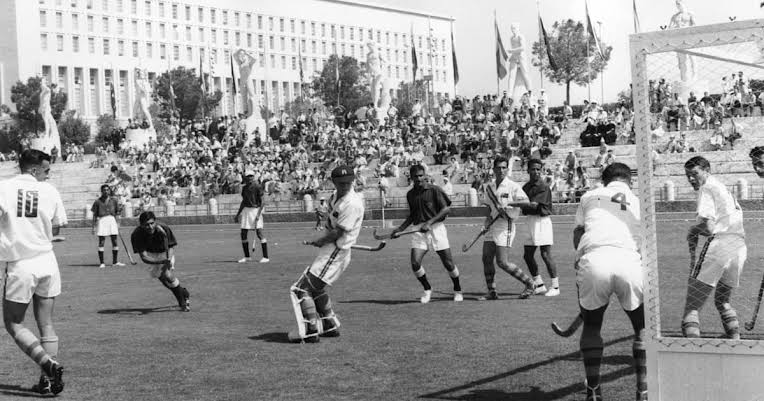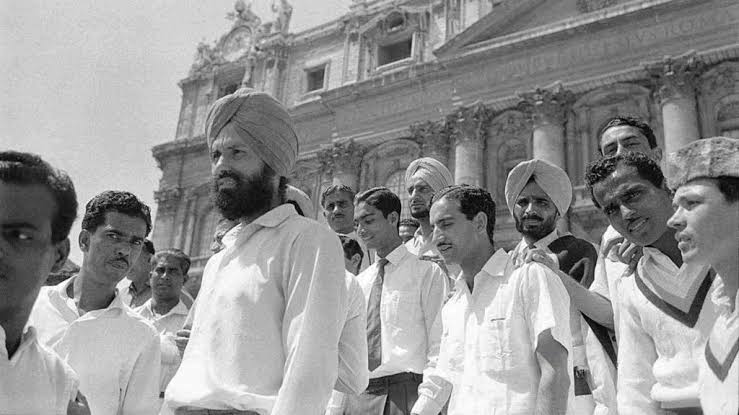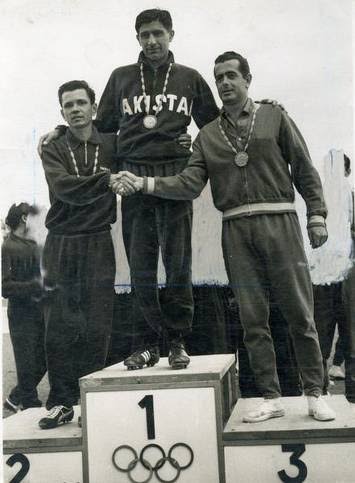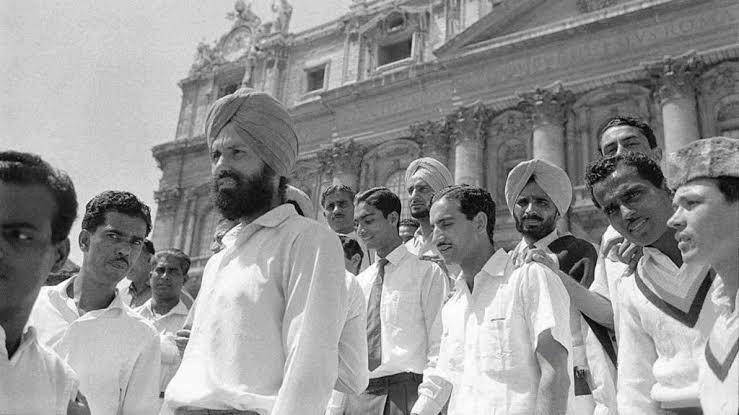The Indian hockey team had been a dominating power on the international stage since its debut at the 1928 Olympics in Amsterdam.
Dhyan Chand is one of the legendary players in hockey history who established the tradition by helping India win three consecutive gold medals at the Olympics.
Following his retirement, India’s supremacy was maintained by the towering forward from Punjab, Balbir Singh Sr.
In 1948, 1952, and 1956, Balbir Singh Sr. led the Indian hockey team to three consecutive Olympic gold medals. However, India’s dominance was being questioned more and more.
While India’s big wins in 1948 and 1952 came with relative ease, the country’s sixth Olympic hockey gold, won in Melbourne in 1956, was no walk in the park. India’s neighbors displayed telltale indicators that they had arrived on the world scene with a 1-0 victory over Pakistan in the final.
India was ‘captured’ four years later at the 1960 Olympics in Rome. Pakistan demoted India to second place to demonstrate that they were a force to be reckoned with.
The Indian hockey team was still hunting for a capable substitute for goalie Balbir Singh Sr. as they prepared for the 1960 Olympics.
The team, led by veteran halfback Leslie Claudius, who was competing in his fourth Olympics, the most by an Indian at the time, possessed a good blend of youth and experience.
On the one side, India had players like John Peter, Prithipal Singh, and Joginder Singh who were eager to make an impression at their first Olympics.
Claudius, together with famous goalkeeper Shankar Laxman and Raghbir Singh Bhola, on the other hand, offered a much-needed Olympic experience to the team.
The team, on the other hand, appeared rough. Despite a strong 10-0 win against Denmark and just allowing one goal in the group stages, this is the case.
According to The Hindu, the Indian forwards showed little “thrust or combination” and were regarded fortunate to have won.





